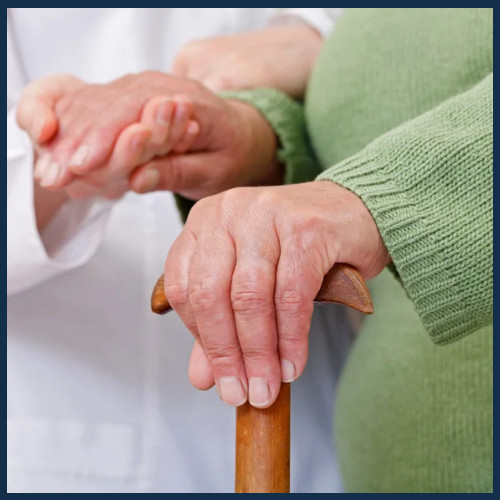
When a fall happens, it can feel like time stands still. One moment everything seems fine, and the next, you’re kneeling beside the person you care for, heart racing, wondering what to do. Even if the fall causes no serious injury, the emotional impact can linger for both of you.
If you’re caring for someone living with dementia, that worry can feel even heavier. Falls don’t just shake physical stability; they can shake confidence, independence, and trust. And the truth is, you may be just as shaken.
As a physical therapist and dementia practitioner, I’ve seen this many times. But I’ve also seen something else: how healing, patience, and the right kind of support can help both caregiver and person with dementia move forward safely and confidently.
This post closes our Don’t Fall This Fall series with a focus on recovery- what to do after a fall, how to rebuild trust in movement, and how to create a safer, calmer path ahead.
Understanding What Happens After a Fall
A fall is more than a physical event. It’s a disruption to the brain’s sense of safety and routine.
When dementia is part of the picture, this disruption can be magnified. The person you care for may not remember what caused the fall, but they often remember the fear that came with it. They might begin to hesitate when standing, avoid walking altogether, or insist on staying seated just to be safe.
Meanwhile, as the caregiver, you might feel a heavy mix of relief, guilt, and anxiety, wondering what you could have done differently.
Here’s what I want you to know: recovery is not just about the body; it’s about restoring confidence- both yours and theirs.
Step 1: Responding Safely in the Moment
If another fall happens, pause and breathe first. Staying calm helps your person stay calm too.
If your person falls:
- Stay close but don’t rush to lift them.
- Check for pain, bruising, or disorientation.
- If you’re unsure whether it’s safe to help them up, call EMS or your local emergency service for guidance.
- If they seem stable and you’ve been trained, help them move slowly to a supported sitting position, then to a sturdy chair.
Once they’re comfortable, take a few moments to observe. Look around the environment for clues- lighting, clutter, new shoes, or even pet toys that may have contributed.
Document what happened, even if there’s no injury. This helps healthcare providers or therapists identify patterns later.
Step 2: Assessing Physical Changes
After a fall, it’s important to look for subtle signs of new weakness or imbalance.
Sometimes, even if there’s no fracture, the person may move differently out of fear or discomfort.
Ask their doctor for a referral to a physical therapist, someone trained to evaluate balance, gait, and strength. A PT can identify what might have changed and guide gentle exercises to restore mobility safely.
Even small sessions can make a big difference. Re-teaching safe transfers, improving posture, or adjusting assistive devices helps prevent repeat falls and restores confidence in movement.
Step 3: Rebuilding Confidence Through Movement
Fear after a fall is real, and it’s one of the biggest barriers to recovery. When fear grows, movement decreases, and when movement decreases, strength and balance decline. It becomes a cycle that quietly increases future fall risk.
As a PT, I encourage caregivers to reintroduce safe movement gradually.
Practical ways to encourage movement:
- Start small: short walks with your person using their usual mobility aid.
- Add gentle seated exercises like ankle pumps or marching in place.
- Celebrate effort, not distance. Confidence grows when success feels achievable.
- Avoid pushing or rushing; the goal is comfort and consistency, not speed.
If your person seems anxious, try pairing movement with music or conversation. Rhythm and routine can help override hesitation and create positive associations with motion again.
Step 4: Emotional Recovery for Both of You
It’s natural to feel uneasy after a fall. Caregivers often describe a lingering sense of hypervigilance, watching every step, holding their breath every time their person stands up.
Here’s something important: constant watchfulness isn’t the same as safety.
Both you and your person need to feel secure, not fearful.
Encourage open reassurance. Phrases like, “I’m right here, and we’ll move slowly,” help your person know they’re supported but not helpless.
If frustration or guilt shows up for you, remember that caregiving after a fall is a new phase, not a failure.
You can’t control every fall, but you can control how you rebuild from it.
Step 5: Reset the Environment
Once your person is safe and evaluated, return to the scene of the fall with fresh eyes. Ask yourself:
- Was there poor lighting?
- Were pathways too narrow or cluttered?
- Was the floor surface slippery or the chair too low?
- Were shoes or socks contributing to the problem?
Make simple adjustments immediately, like improving lighting, securing cords, or rearranging furniture for easier navigation.
If the fall occurred near the bed or bathroom, review color contrast and visibility. When the brain can’t easily distinguish edges or surfaces, it’s easy to misstep.
Sometimes something as simple as switching to a lighter comforter or brighter bath mat changes everything.
Step 6: Create a Gentle, Safe Routine
Routine is stability, and stability builds confidence.
Set up predictable daily patterns; consistent wake times, consistent paths to the bathroom or dining area, and consistent lighting at transitions.
If your person uses a walker, encourage its use every time, not just when they feel unsteady.
Avoid rushing. Allow extra time for transitions and use clear, simple verbal cues like “Stand up” or “Turn toward the chair.”
Over time, these small practices retrain the body and brain to move with awareness instead of fear.
Step 7: Support for the Caregiver
You’ve just gone through something emotionally exhausting. The recovery period is not only about your person, it’s also about you.
Take time to reflect, breathe, and ask for help when you need it.
If you find yourself feeling anxious about future falls, talk with a trusted professional or counselor. You deserve support, too.
Caregiving through recovery is an act of endurance and heart. Progress may feel slow, but every safe step forward counts.
When to Ask for Professional Guidance
Reach out to your healthcare provider if you notice:
- Pain that doesn’t improve within a few days
- Sudden confusion or increased unsteadiness
- New fear of standing or walking
- Reduced appetite or activity levels
A physical therapy evaluation can identify changes that might not be obvious at first glance.
Even a single session can provide movement strategies and environmental suggestions to reduce future risk.
If an in-person visit isn’t possible, my Virtual Home Safety Tour is a great next step. Together, we can review your space and routines to rebuild safety and confidence at home.
How I Can Help
If you’d like personalized guidance, consider booking my Virtual Home Safety Tour.
This 15-minute Zoom walkthrough helps you identify hazards, adjust the environment after a fall, and feel confident supporting your person’s mobility.
You’ll receive a customized report with simple action steps and product recommendations based on your home setup.
You can request more information or join the waitlist at carlyn@abetterwaydementiacaresolutions.com.
Coming Next Month
While this wraps up the Don’t Fall This Fall series, our focus on safety and connection continues.
Next month, we’ll talk about Preparing for the Holidays with Dementia- how to reduce overwhelm, keep routines steady, and find calm amid the busyness of the season.
Notes
- Centers for Disease Control and Prevention. (n.d.). Falls and older adults. https://www.cdc.gov/falls/index.html
- National Institute on Aging. (n.d.). Falls and prevention. https://www.nia.nih.gov/health/falls-and-falls-prevention
- Mayo Clinic Staff. (n.d.). Fall prevention: Simple tips to prevent falls. https://www.mayoclinic.org/healthy-lifestyle/healthy-aging/in-depth/fall-prevention/art-20047358
- National Institute for Health and Care Excellence. (2018, May 23). Dementia: Assessment, management and support for people living with dementia and their carers (NG97). https://www.nice.org.uk/guidance/ng97
Affiliate Disclosure
A Better Way - Dementia Care Solutions, LLC participates in the Amazon Associates Program, which means we earn a small commission when you buy through links on our site, at no extra cost to you. We only recommend products that we believe can help caregivers on their journey.
Disclaimer
The information provided in this blog is for educational purposes only and should not be considered medical advice. Always consult with a doctor or a licensed physical therapist before starting any new exercise routine, using assistive devices, or following the recommendations mentioned. Every individual’s needs are different, and professional guidance is essential to ensure safety and appropriateness of care.
Want to keep figuring this out together?
Subscribe to Finding Our Way in Dementia Care and get honest stories, helpful tips, and gentle support delivered to your inbox every week. Just real talk, grounded care, and space to breathe.
Subscribe to Finding Our Way in Dementia Care and get honest stories, helpful tips, and gentle support delivered to your inbox every week. Just real talk, grounded care, and space to breathe.
Kind truth. Clear steps. Warm guide.

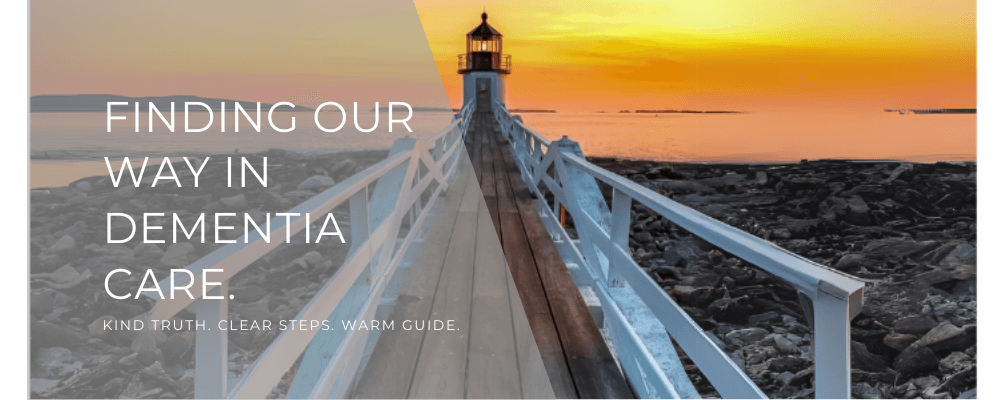
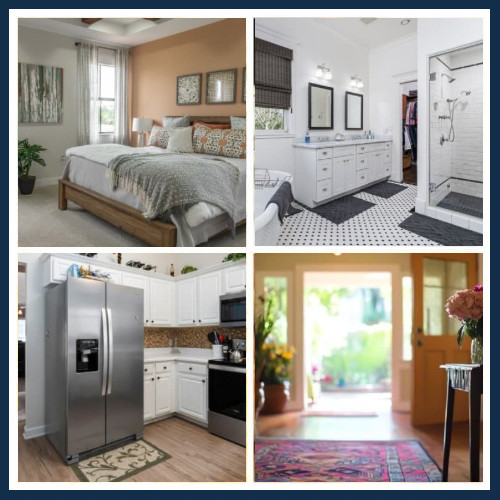


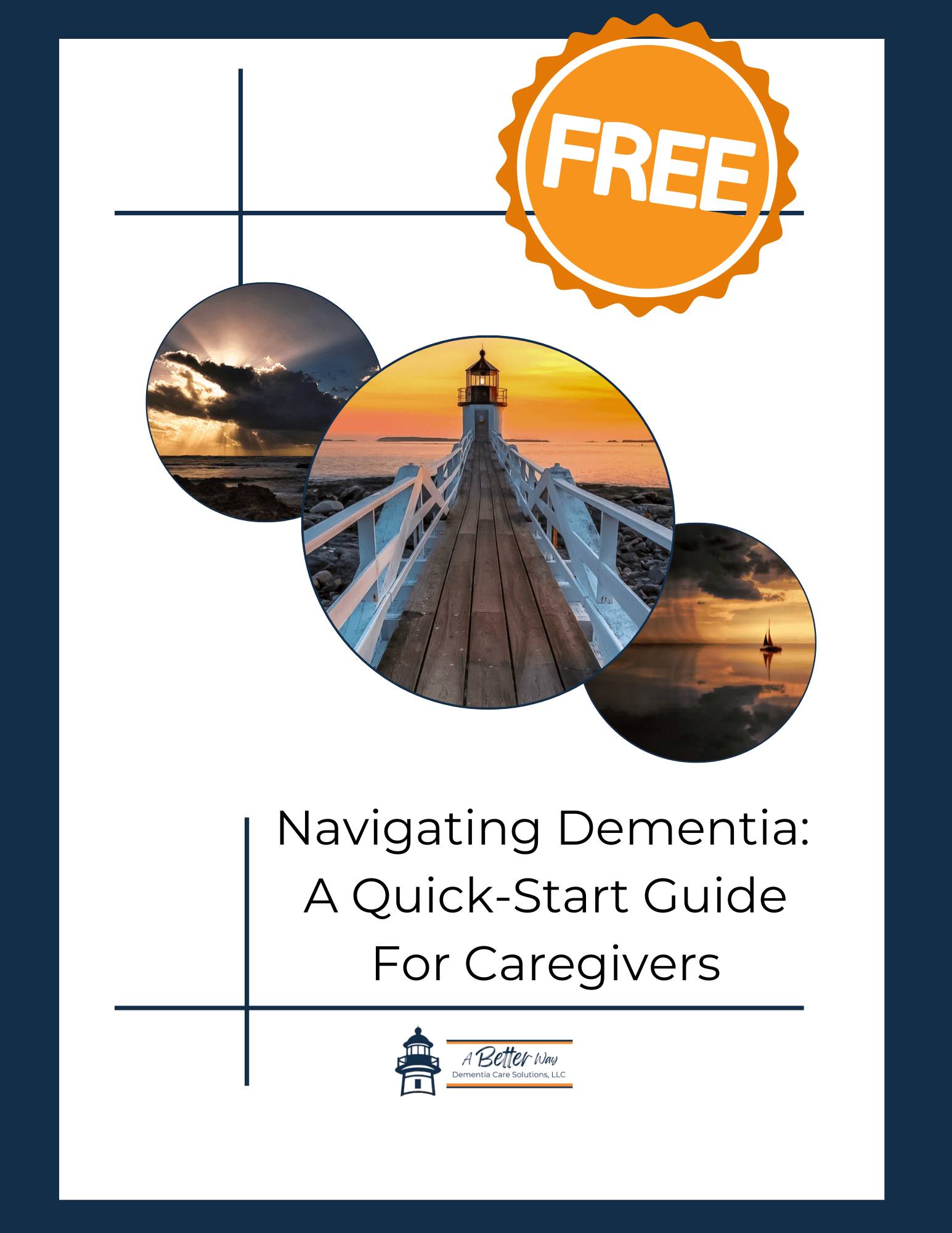
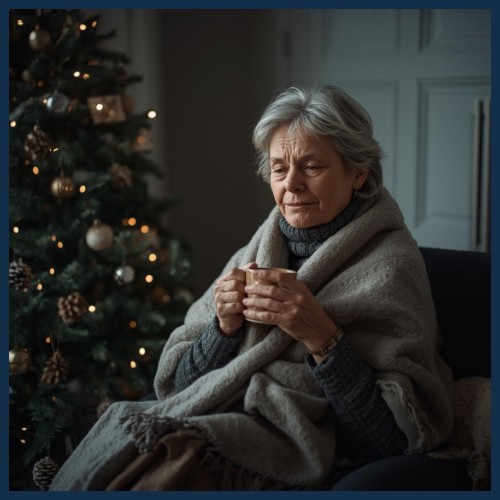

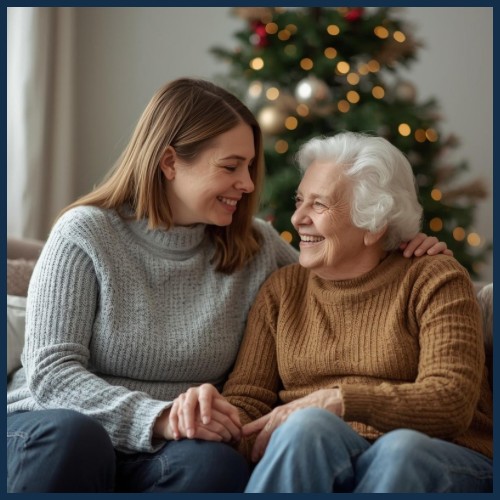

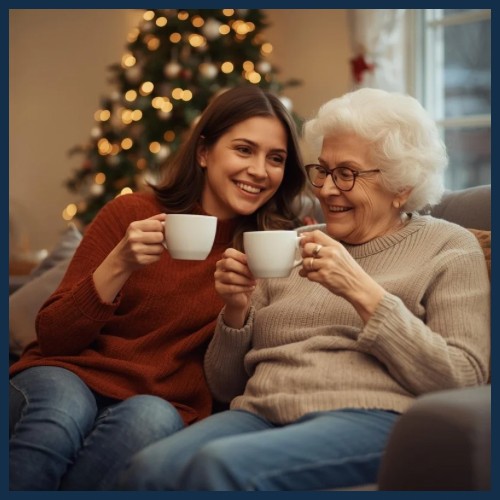

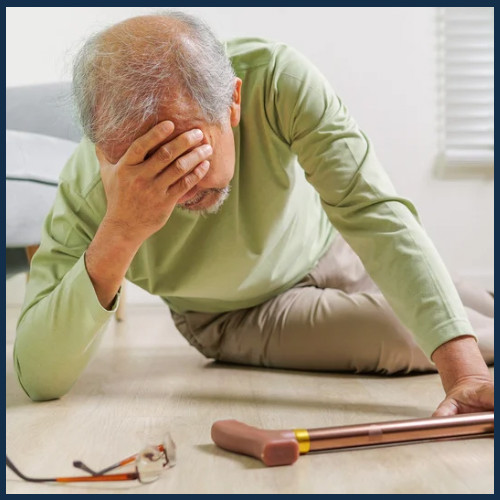

0 Comments